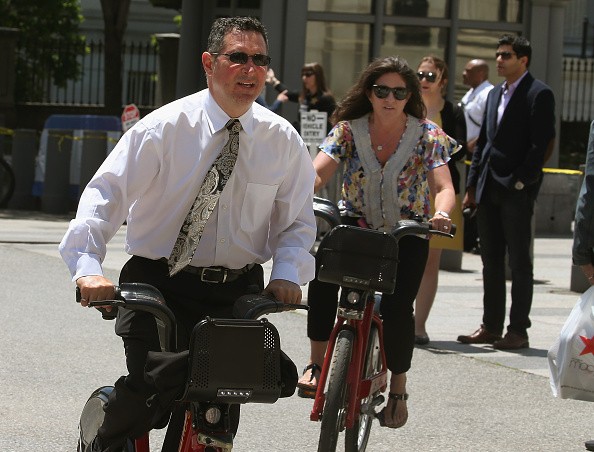
The death rate for children from bicycling accidents has fallen dramatically in recent decades, according to a report from the U.S. Centers for Disease Control and Prevention. But during those years, the bicycling death rate for middles-aged men rose sharply. These changing rates between 1975 and 2012 may be because kids are bicycling less and adults are bicycling more, although helmet laws may also play a role in reducing the children's rate.
The CDC looked at the number of bicyclists killed in collisions involving motor vehicles on public roads, so not every biking death was included in this report. The biggest rise in death rate was seen for men ages 35 to 54. The mortality rate for this group of cyclists went from 0.11 per 100,000 in 1975 to 0.31 per 100,000 in 2012.
Historically, the cycling mortality rates for children under age 15 have always been substantially higher than rates for other age groups, the report noted. In 1975, the mortality rate for children under 15 was 1.18 per 100,000, more than four times higher than the rate (0.25 per 100,000) for persons aged 15 or older. By 2012, the rate among kids under 15 was one third that of all other age groups and the cyclist death rate among children under 15 years had declined by 92%.
Overall, the annual rates for cyclist mortality at all ages decreased 44%.
Trips by bicycle make up about 1% of all trips using all types of transportation, but bicyclists die on the road at a rate that is double that of occupants of motor vehicles. Still, bicyclist death rates were low, with an overall rate about 0.2 cyclist deaths per 100,000 people in 2012, down from 0.4 in 1975.
You can read the CDC's report here.



